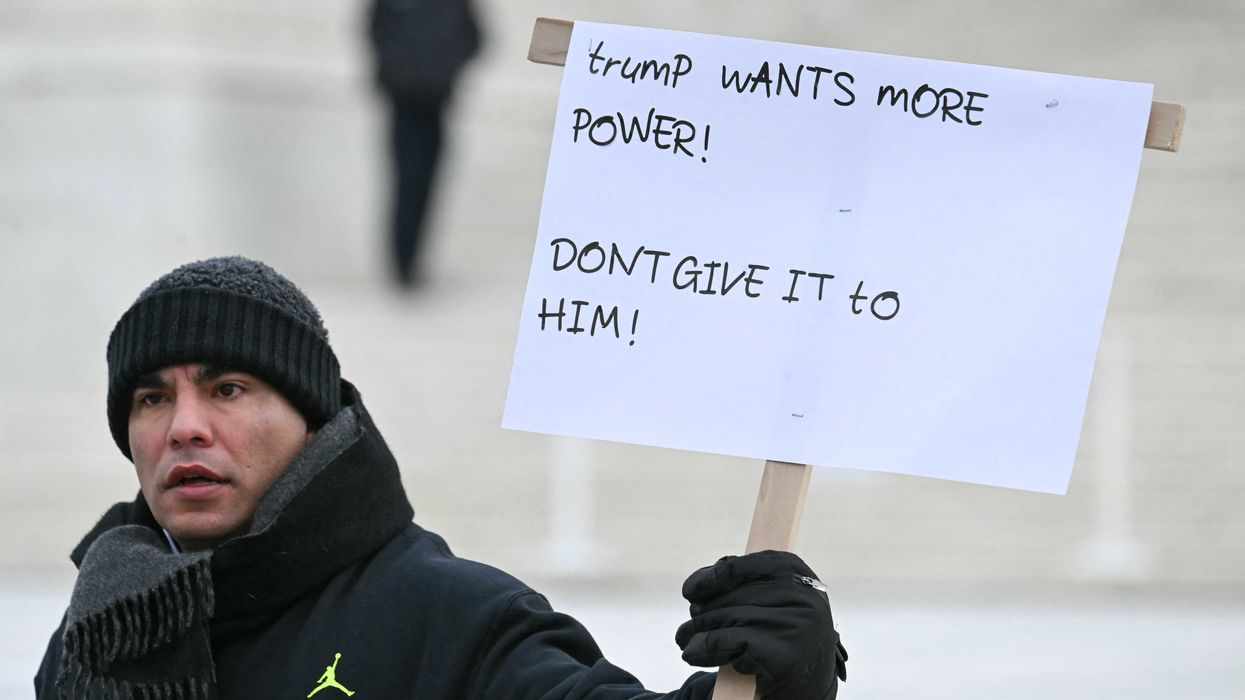I was thinking this weekend, about the power of the individual. We have been trained by very powerful people and organizations to forget this. It used to be that we could be trained by organizations to better empower ourselves, but now corporations are aligning themselves with the government, making us feel small and powerless.
But don't.
I want to tell you about a story that takes you from the early 20th century, starting with a guy, alone in a field, all the way to where we are today.
Back in the early 20th century, one American found himself alone on a battlefield—not one of bullets and bombs, but a battle of wits and innovation and stamina. The battle would determine the fate of an industry, and all of our lives individually.

Our protagonist, born to humble beginnings in a log cabin, was a genius. As a teenager, he had a really uncanny ability to envision the future beyond the limits of his time. His favorite subjects were science and mathematics. He would dream with his science teacher, who first thought that he was a little nuts. Most geniuses are perceived that way in the beginning.
Our hero faced all kinds of obstacles that would have broken the will of many, but he was driven by an unshakable belief that tomorrow could be better than today. He had an unwavering hope in the power of the individual and the incredible things he could accomplish in our country through hard work and determination.
In our country, he believed, you could stand up to the man.
And he did.
He was driven by an unshakable belief that tomorrow can be better than today.

When he started to get going, everyone stood against him: the giants of industry, the titans of commerce, the lords of finance. He had one main opponent that tried to discredit his ideas. This opponent sabotaged his work. He sent spies into this little guy's workshop. But no matter how much this guy spent, no matter how much power this man had, no matter how much he would expend in resources, our little hero just kept working at night.
One day, our hero was plowing the field on his family's farm. As he was turning the plow to start a new row, he saw all of the rows lined up next to each other. It gave him an idea, and that moment changed the entire world. He envisioned a series of dots lined up just like the rows on his family's farm that could transmit an image onto a screen.
When he brought it up, he received ridicule, skepticism, and betrayal from those he trusted. He set up a little lab in San Francisco, but he couldn't get anybody to invest. He was making the equipment himself, but it kept failing because he didn't know how to make it. He started making his own little components, and improvised solutions with an unwavering faith in his vision.
He received ridicule, skepticism, and betrayal from those he trusted.
On September 7th, 1927, he transmitted the very first electronic television image, a straight line. He used a single beam of electrons, creating the first fully functional, all-electronic television system. As the years passed, the fruits of his labor began to take shape. One day, to the astonishment of the world, he unveiled his creation—a groundbreaking innovation that would change the way we work, the way we live, the way we communicate.
The invention, a marvel of modern engineering and design, captivated the public. It sent shock waves through the industries that once sought to destroy him. The giants that scoffed at him now found themselves scrambling to catch up as their empires began to crumble. Through a series of lengthy battles with these giants in court, our hero defended his patents and secured his place in history.
The giants that scoffed at him now found themselves scrambling to catch up.
That little man who faced the insurmountable odds and emerged victorious was none other than Philo Farnsworth.
He was the inventor of the fully functional, all-electronic television system, the device that brought families together, shaped culture, and connected us to the world and to space. We saw a man who walked on the moon made possible through the brainchild of a man who fought a lonely battle against the giants of his time, and it's all but forgotten.
But it all started with a guy who was working out in a field. When he turned his plow and saw those lines, he thought, "If I put dots of color, into lines, several lines, I'll be able to transmit a picture." Those dots we now know as pixels, the building block of every image we see today. In 1927, his invention changed the world, making all his hard work in the face of adversity worth it.

Farnsworth has been a pivotal source of inspiration for me. In 2011, we launched BlazeTV. At the time, traditional cable networks were still the dominant force in news and entertainment. I remember sitting in my office, looking at my news team, when Stu, my executive producer, and I said, "This is all going to come collapsing down around them." We decided to embrace the power of the internet and embrace the power of an audience. Like Farnsworth, the "establishment" didn't like us. They laughed and said it would NEVER work.
We bypassed the gatekeepers of television, and we made BlazeTV an independent place for the voice to be heard. It was a place to connect and hear the truth, engage in thoughtful discussions about the issues that matter most. And because of our success, OTHERS followed in our footsteps while our mainstream critics are struggling to keep afloat. A new wave of independent media organizations emerged and leveraged the power of the internet, to create alternative sources of information and entertainment.
We bypassed the gatekeepers of television, and we made the BlazeTV an independent place for the voice to be heard.
All of us in the independent media have thrived on the principles of honesty, integrity, and intellectual curiosity—something that is all, but dead in the mainstream media. Today's mainstream media is tragically clinging to the past and has exposed themselves in their desperation to survive.
They have no desire to be useful and relevant—the fact that they are willing to call a woman a man, and a man a woman is a cry of desperation, not of relevancy. In reality, the only way to survive is to remain loyal only to the truth. We're not battling people. We're battling desperation. We're battling evil—a relentless barrage of falsehoods and manipulations.
But the truth will always weather the storm.
Most people don't know, I named BlazeTV after two things. One of them was the burning bush of Moses. It was a fire of truth that burned but was never consumed. As long as we're truthful, that fire will burn and will never consume.
The truth will always weather the storm.
I just want to remind you that things always change, but individuals make all of the difference. Our country is a testament to the power of innovation, resilience, and the unwavering belief of the individual, the importance of free speech, open discourse, and the rule of law. Let that be your beacon of hope this week. No matter what is collapsing around us, there's somebody thinking of something much better. And it's growing.
Right now, as we see the collapse of truth, just know you have helped build something that will replace those lies. A positive change is possible, if we believe in the truth and ourselves.


 ALEX WROBLEWSKI / Contributor | Getty Images
ALEX WROBLEWSKI / Contributor | Getty Images JIM WATSON / Contributor | Getty Images
JIM WATSON / Contributor | Getty Images Joe Raedle / Staff | Getty Images
Joe Raedle / Staff | Getty Images AASHISH KIPHAYET / Contributor | Getty Images
AASHISH KIPHAYET / Contributor | Getty Images